Your shopping cart is empty!
Stainless steel is an alloy whose basic composition is Iron (Fe), Carbon (C) and with a minimum content of Chromium (Cr) 10.5% by weight. Stainless steel is protected against corrosion and oxidation because its low chromium content creates a very thin surface of the order of 10–100 nm thickness Chromium Trioxide (CrO3). Stainless steels also contain, depending on their type, other elements such as Nickel (Ni), Molybdenum (Mo), Manganese (Mn), Titanium (Ti), Nitrogen (N), Cerium (Ce), Silicon (Si), Copper (Cu), Niobium (Nb), Zirconium (Zr), Tungsten (W) which further affect their mechanical and chemical resistance. Thus, depending on the construction, you should conduct a research in order to select the appropriate material.
In addition to the characteristics of stainless steels, they also have higher mechanical strength and have low thermal conductivity (W/m K). This makes them very hard and difficult to machinable.
Stainless steel is produced in a furnace. The raw materials are scrap iron and ferro-alloys, such as ferrochromium and ferro-nickel. In general, about 60% of the furnace load is recycled scrap metal - mostly stainless steel, but also common steel. Now, depending on the desired final quality of stainless steel, the corresponding proportions of the other elements are added to the furnace.
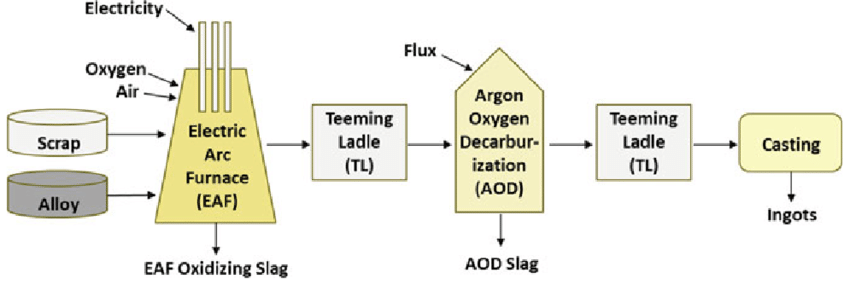
The liquid metal from the furnace is transferred to an AOD (Argon Oxygen Decarbonization) converter to remove the Carbon (C) content by instilling Oxygen (O2) and Argon (Ar). During the process, the gas mixture becomes richer in Argon (Ar). As a result the liquid metal content is reduced from 1.5% by up to 0.015%. This procedure could also be done in a VOD (Vacuum Oxygen Decarbonization) by instilling oxygen (O2) under vacuum conditions.
After the AOD/VOD converter, the liquid metal is processed in vacuum conditions to remove residual gases. Then, the liquid metal is casted into molds to produce ingots, or poured continuously into solid beams, or poured into slabs under pressure. The ingots and the solid beams could be hot-rolled or cold-rolled to produce various products.



Ingots Solid Beams Slabs
Stainless steel sheets are usually heat treated (annealed) to make them softer, and cleaned in an acid bath to clean and create a faster CrO3 thin layer that protects the steel from corrosion.
Austenitic stainless steels
These are stainless steels with the main phase being austenite (γ-Fe). They contain very little Carbon (C) <0.08% but can reach up to 0.15% and at least 16% of Chromium (Cr). Austenite is stabilized by the addition of Nickel (Ni) or Manganese (Mn). Austenitic stainless steels are non-magnetic and cannot be heat treated.
The most common stainless steels are 18/8 and 18/10 which are notions that used by the market and mean the content of Nickel and Chromium (18%Cr, 8%Ni) and respectively (18%Cr, 10%Ni). They belong to the 300 series family, according to the US AISI-SAE standards. In AISI-SAE 304 stainless steels, the higher the Nickel (Ni) content, the higher the corrosion resistance. Stainless steel AISI-SAE 316 has even higher corrosion resistance, because it contains Molybdenum (Mo) up to 2%. AISI-SAE 304L and AISI-SAE 316L stainless steels contain very little Carbon (C) <0.03%.
In addition to common austenitic steel, there are the less durable 200 Series Manganese Austenitic Stainless Steel, which contain a relatively small percentage of Chromium (Cr) and Manganese (Mn), as well as Nickel (Ni). There are also Superaustenitic Stainless Steels with very high content of Nickel (Ni) >20% and Molybdenum (Mo) >6%, which have the property of high resistance to corrosion by acids such as chlorine and chloride solutions. An example of Superaustenitic Stainless Steel is AISI-SAE 904L whose composition is 19-23% in Chromium (Cr), 23-28% in Nickel (Ni), 4-5% Molybdenum (Mo) as it also contains 1- 2% Copper (Cu) for high resistance to acid reducing environments, such as sulfuric acid.
Ferritic and Martensitic Stainless Steels
To make the article more understandable, the image below depicts the Schaeffler diagram. Anton Schaeffler from 1944 to 1949 had been working on the current diagram which enables the prediction of the microstructure of Chromium and Nickel alloys. The horizontal axis (X) is given the alloying elements that favor the formation of Ferrite as equivalent Cr=(%Cr)+1.5(%Si)+(%Mo)+0.5(%Nb) and the vertical axis (Y) gives the alloying elements that favor the formation of Austenite as equivalent Ni=(%Ni)+0.5(%Mn)+30(%C).
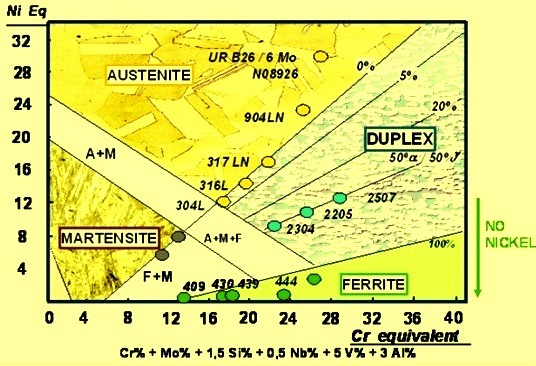
Ferritic - Martensitic Stainless steel are alloys with main phase Ferrite (α-Fe) or Martensite which is a metastatic phase resulting from abrupt cooling of Austenite. They contain 10.5-27% Chromium (Cr), but little or no Nickel (Ni) <2%. They also contain Molybdenum (Mo) and Titanium (Ti).
Ferritic Stainless Steels are transformed into Martensitic with an appropriate heat treatment (dyed by abrupt cooling). Martensitic Stainless Steel is softer and machinable in comparison to Austenitic. They can also be hardened by precipitation. A common Martensitic Stainless Steel contains 12-14% Chromium (Cr), 0.2-1% Molybdenum (Mo), Nickel (Ni) <2.5% and Copper (C) 0.1-1.2%.
Ferritic and Martensitic stainless steels belong to the AISI400 series, but Martensitic stainless steels belong to the AISI600 series.
All types of stainless steel can be produced in a variety of different surfaces depending on the intended use. Thus, the symbols of the final surface follow some standards according to EN, DIN, ASTM. The most common standard is EN 10088-2 followed by the ASTM standard and the lesser known DIN.


The 2Β surface is quite smooth and is not too shiny or glossy.
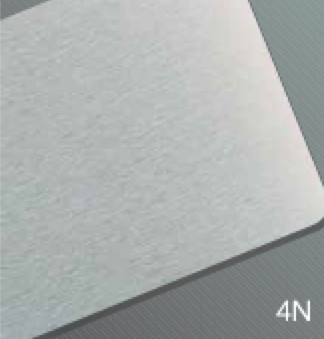
The 4N surface has a satin style and it gives the impression of a subtle gloss.

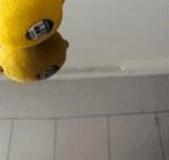
The BA surface has a smooth texture, it is very shiny and has a high degree of reflection. It is also known as mirror finish.
There is also a great variety of surfaces with designs where aesthetics play a significant role. For example:
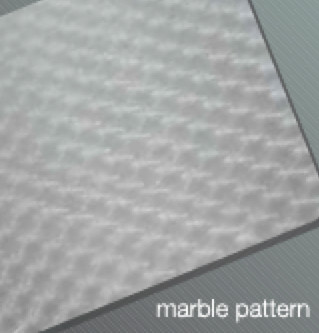
In the domastic market and in the field of stainless steel drums the above has prevailed with the term forged-metal. This term is not quite correct because the surface has been treated with special brushes to have this shape. It should be noted that this treatment does not affect the properties of the material.
GPMetalbox Europe follows the manufacturing specifications according to standars and it has fully adopted the international requirements. The raw material used in the manufacturing procedure is listed in EN 1.4301, as well as in the specifications of A.I.S.I. (American Iron & Steel Institute). The above norms require stainless steel, category 304, for liquid food storage and transport.
It is imperative to mention that TIG welding method is being used to all welding points. This means that in the process of welding, no other material is used, other than the heat needle, which succeeds the welding. The rest of the spare-parts used by our company such as the airtight lid with seal, o-rings, bottom sealing material are appropriate for liquid food storage. An example which must be mentioned is that we have upgraded the lid’s seal into pure silicone (food graded).